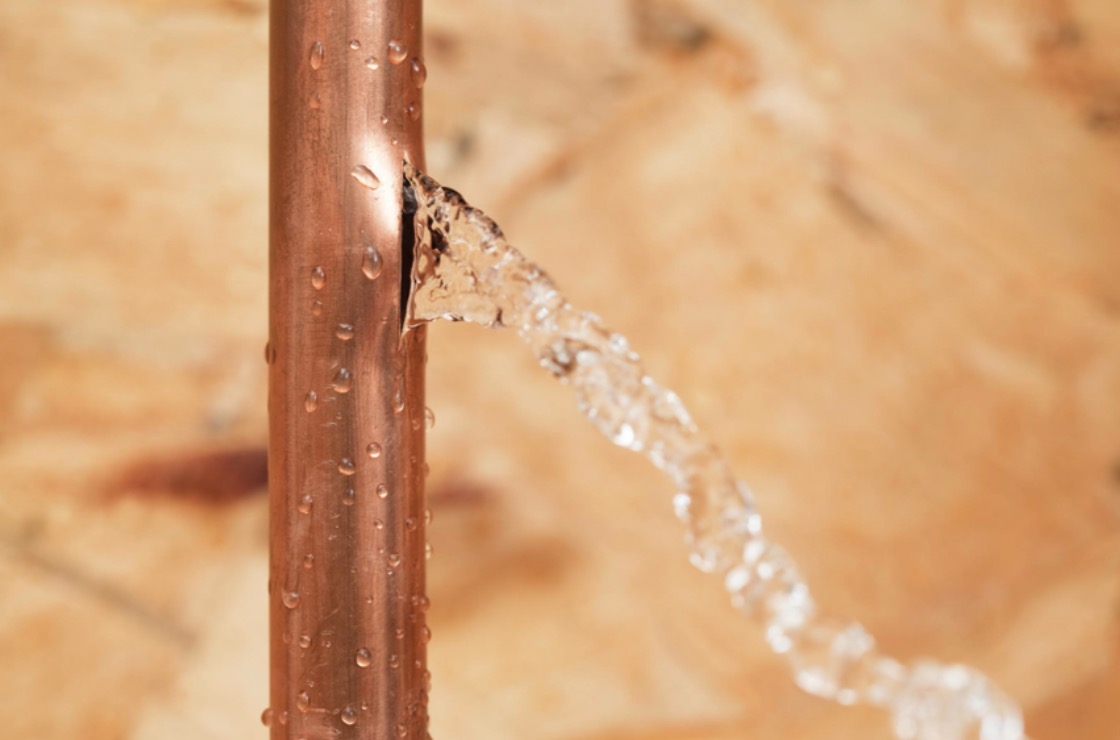This great article below involving Common Water Leaks In House is particularly captivating. Don't miss it.

Leaks not just trigger waste of water but can additionally trigger unnecessary damage to your residence as well as promote undesirable organic development. By recognizing and looking for daily situations that create leaks, you can shield your house from future leaks and also unneeded damage.
Immediate temperature adjustments.
Extreme temperature level changes in our pipelines can cause them to increase and acquire all of a sudden. This growth and also tightening may create cracks in the pipes, particularly if the temperature are below cold.
Rusty water systems
As time goes by, your plumbing system ages and rust such as corrosion might start eating away the pipelines. This could be the source of staining or bending on your pipes. This requires an assessment with your plumber immediately. If our plumbing system is old, take into consideration replacing the pipes considering that they go to a greater risk of corrosion than the newer versions.
Malfunctioning Pipe Joints
The point at which your pipes link is often the weakest web link in the waterline. Pipe joints can degrade gradually, causing water leakages. The majority of pipeline joints are not conveniently noticeable. If you have noisy pipelines that make ticking or banging sounds, specifically when the warm water is activated, your pipeline joints are most likely under a lot of stress. It is a good idea to have your plumber check your system yearly.
Encroaching roots
The majority of water leakages begin outside your home rather than inside it. If you notice an abrupt decrease in water pressure, claim in your faucet, take some time to head out and analyze your lawn. You might notice damp spots or sinkholes in your lawn, and that could mean that tree origins are attacking water lines triggering water to seep out. You can have your plumber look for invasion, especially if you have trees or hedges near your residential property.
Poor Water Connectors
At times, a leakage can be triggered by loose pipes and pipelines that provide your home appliances. In instance of a water connections leakage, you may observe water running directly from the supply line or puddles around your devices.
Clogged Drains
Blocked drains pipes might be irritating as well as inconveniencing, but they can in some cases wind up causing an overflow causing break pipes. Maintain removing any type of products that might go down your drains that can clog them to stay clear of such inconveniences.
All the above are root causes of leaks but not all water leaks result from plumbing leaks; some leakages may originate from roof leaks. All leaks must be fixed instantly to prevent water damages.
Leaks not only cause waste of water however can additionally create unneeded damage to your residence as well as promote undesirable organic development. By looking as well as comprehending for daily circumstances that create leakages, you can shield your home from future leaks and unneeded damages. Today, we will certainly look at 6 leakage creates that might be creating your pipelines to drip.
At times, a leak can be caused by loose hoses and pipes that supply your appliances. In situation of a water connections leak, you might see water running directly from the supply line or pools around your appliances.
How To Check For Water Leak In Your Home
How To Check for Leaks
The average household's leaks can account for nearly 10,000 gallons of water wasted every year and ten percent of homes have leaks that waste 90 gallons or more per day. Common types of leaks found in the home are worn toilet flappers, dripping faucets, and other leaking valves. These types of leaks are often easy to fix, requiring only a few tools and hardware that can pay for themselves in water savings. Fixing easily corrected household water leaks can save homeowners about 10 percent on their water bills.
To check for leaks in your home, you first need to determine whether you're wasting water and then identify the source of the leak. Here are some tips for finding leaks:
Take a look at your water usage during a colder month, such as January or February. If a family of four exceeds 12,000 gallons per month, there are serious leaks.
Check your water meter before and after a two-hour period when no water is being used. If the meter changes at all, you probably have a leak.
Identify toilet leaks by placing a drop of food coloring in the toilet tank. If any color shows up in the bowl after 10 minutes, you have a leak. (Be sure to flush immediately after the experiment to avoid staining the tank.)
Examine faucet gaskets and pipe fittings for any water on the outside of the pipe to check for surface leaks.
Undetected water leaks can happen without the home or business owner even realizing. If you suspect a water leak, but not able to find the source. It is time to contact a professional water leak detection service, The Leak Doctor.
How To Find a Water Leak In Your Home
https://www.leakdoctor.com/blog/How-To-Check-For-Water-Leak-In-Your-Home_AE197.html
I was made aware of that report about Common Water Leaks In House through an acquaintance on a different site. If you appreciated our post plz be sure to share it. Thank you so much for taking the time to read it.
About This